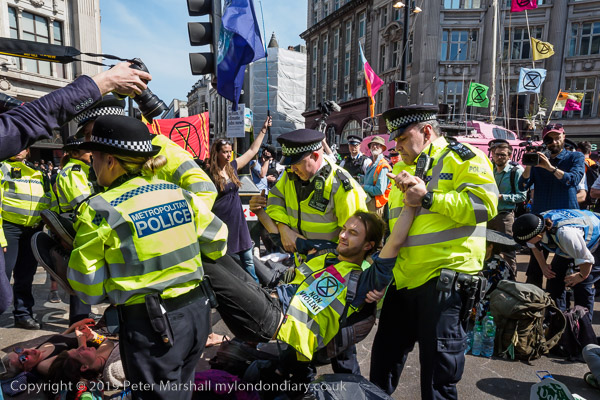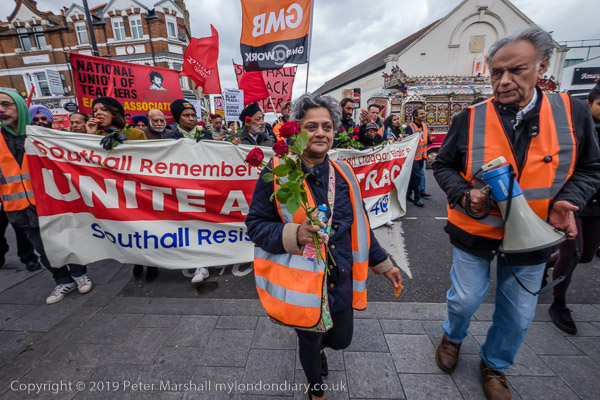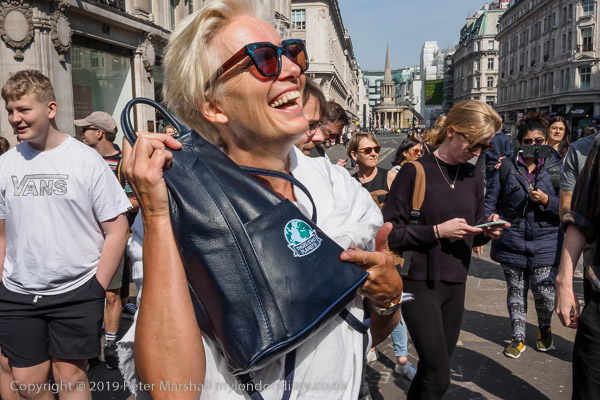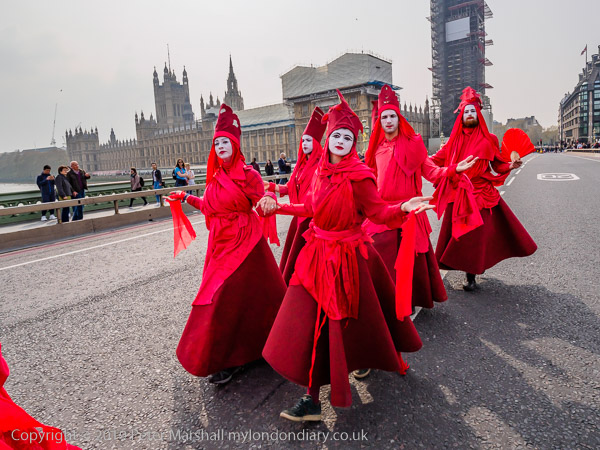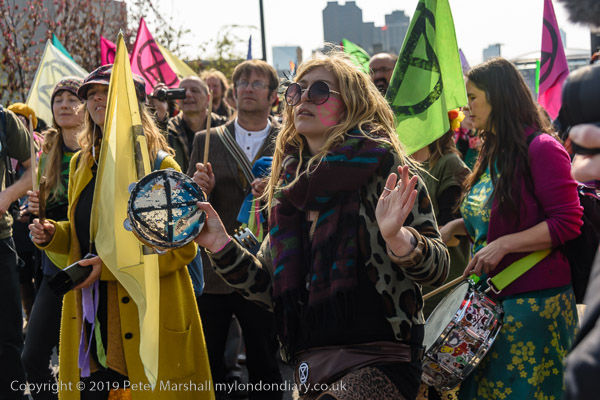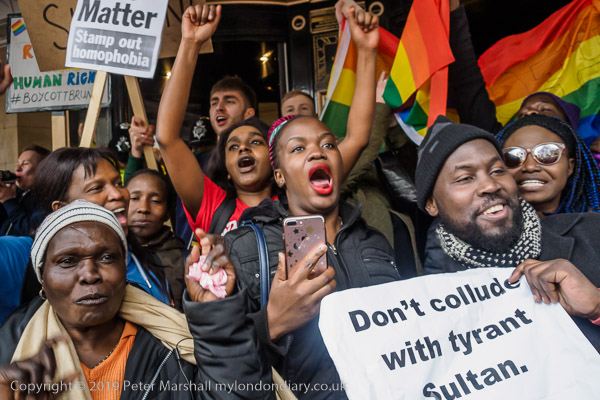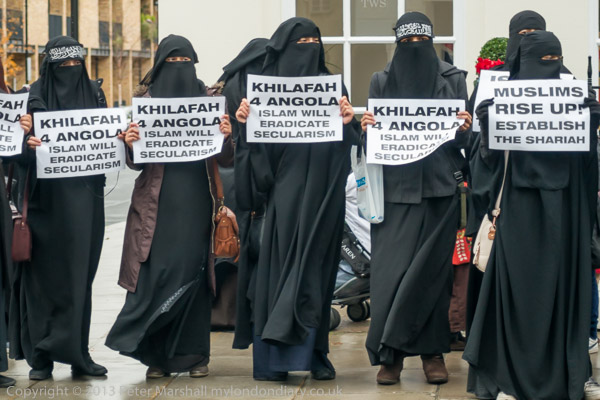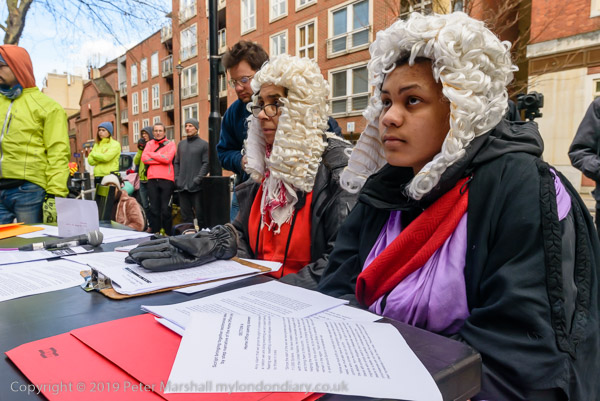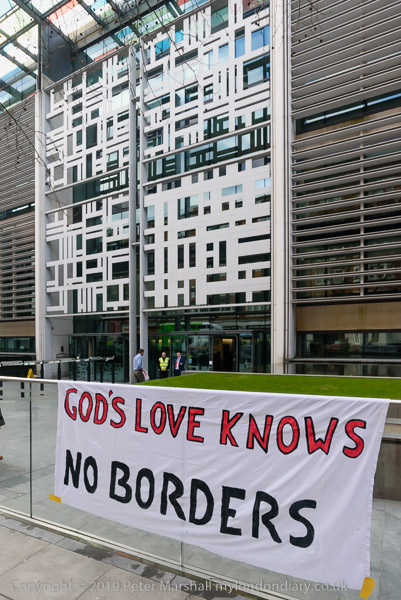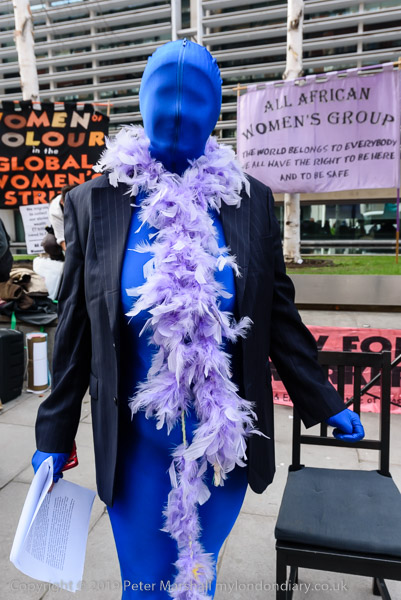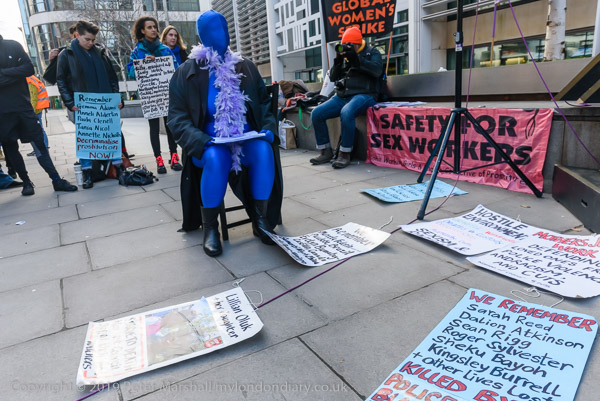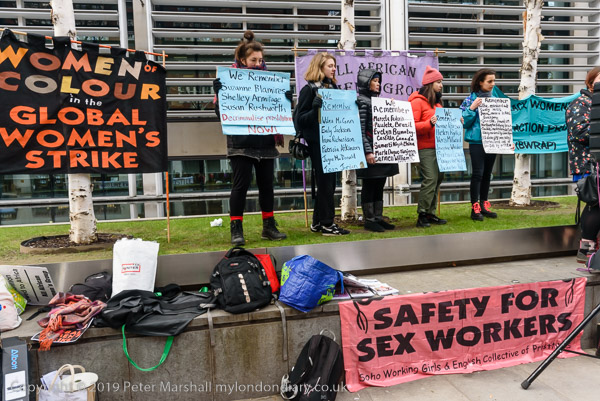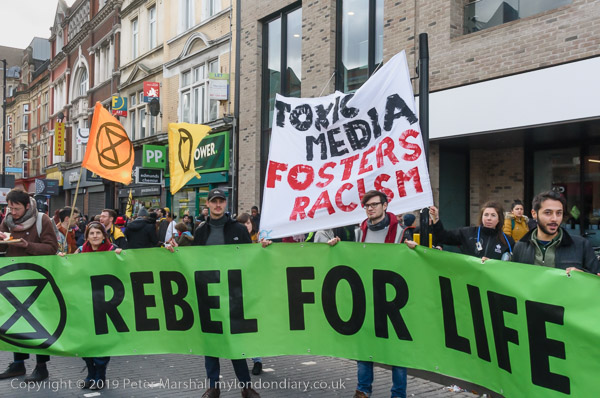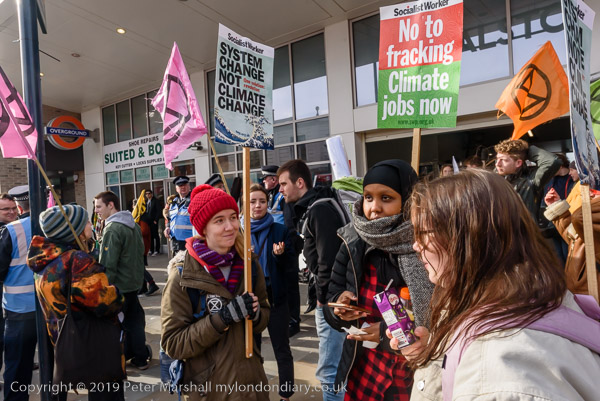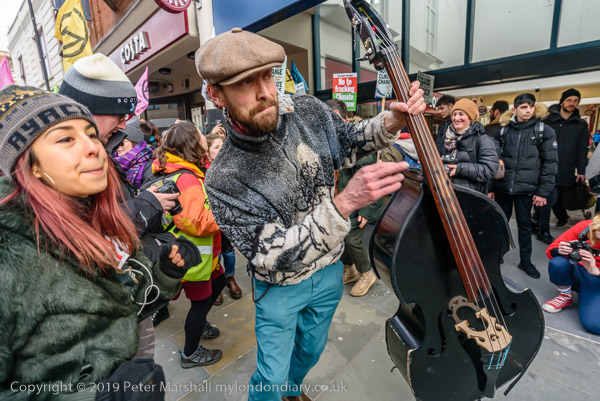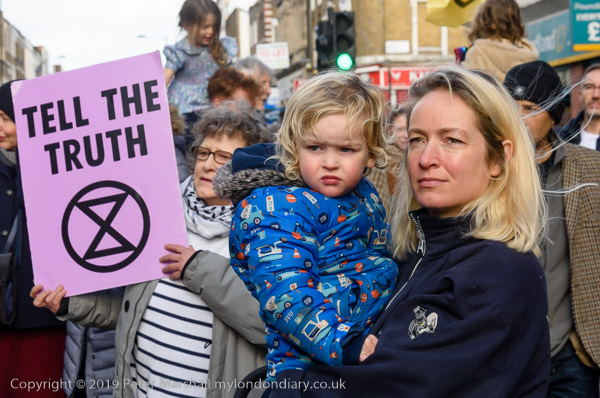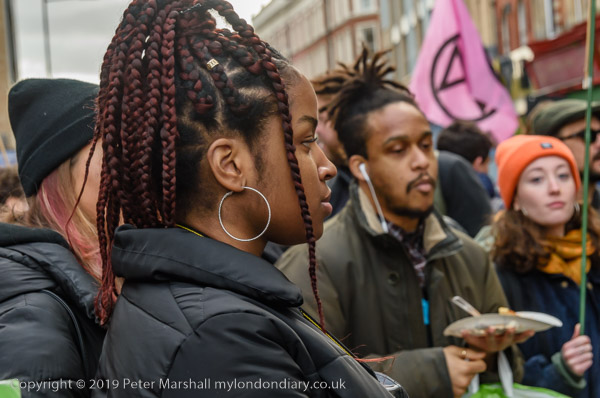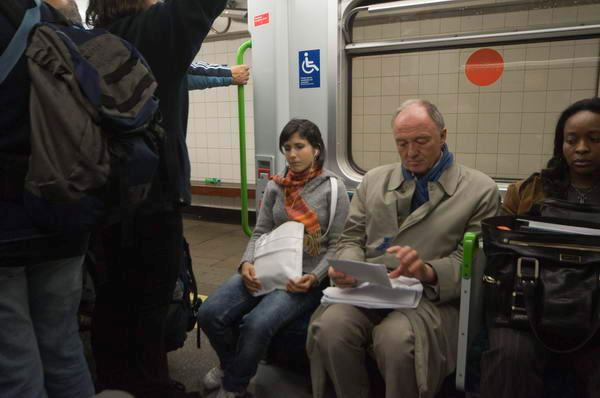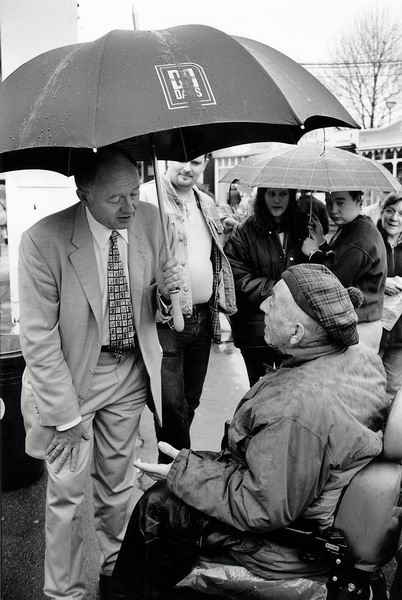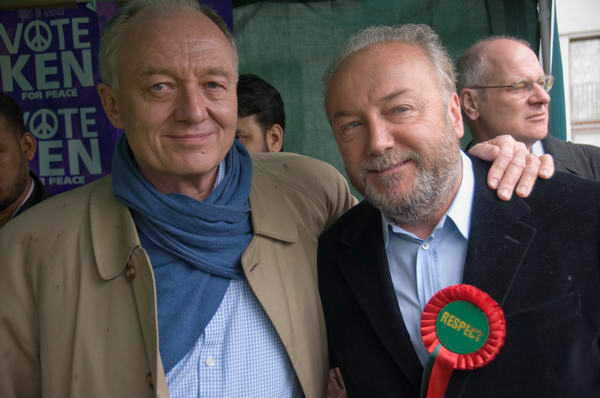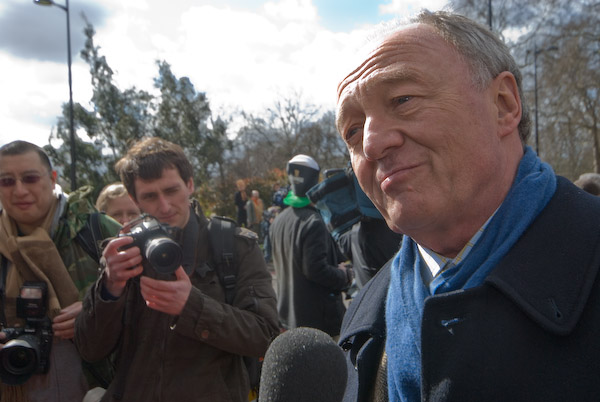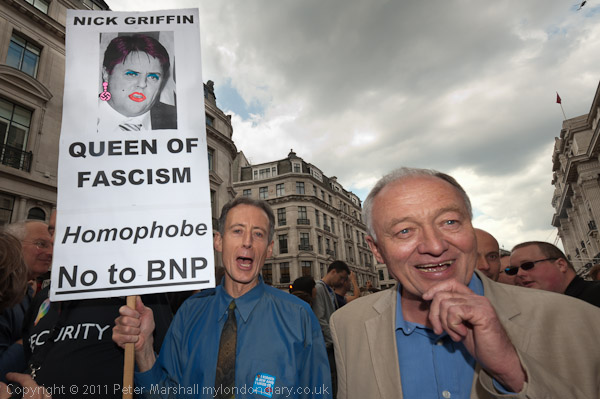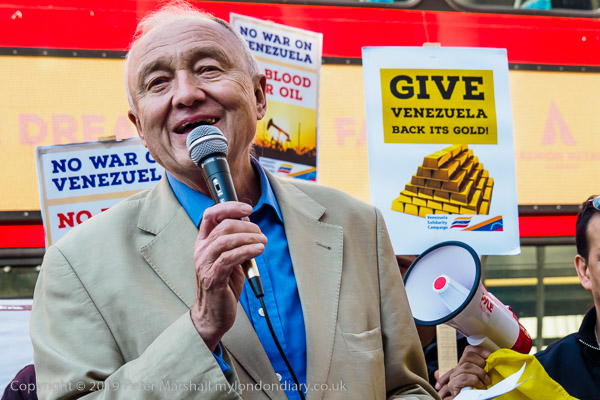Congratulations are due to Mike Ware for both his development of a new ‘Simple Cyanotype‘ process and for his generosity in making the details of this and all his other contirbutions over the years to alternative photographic processes freely available to all.
Back in the days when I had time for such things, in the 1980s and 90s, I played a little with most of the methods for photographic print-making using hand-coated paper, largely out of interest in the history of our medium, which was one area of my writing and teaching. I made cyanotypes, along with kallitypes, palladium and platinum prints, gum prints, salted paper prints, carbon prints, photogravure and more, some more successfully than others.
I’ve written before about how I started in this area, together with friends Terry King (and here) and Randall Webb, both sadly no longer with us. Terry went on to make a considerable reputation and something of a living as both a teacher and printmaker using these processes, developing his own tweaks on various of them. He came to alternative processes as a poet and an artist, and occasionally I and later several others helped him out a little with the science.
Mike Ware is a scientist, and approached the processes in a much more scientific way, though that did not stop him making the impressive images you can see on his web site galleries. But it did mean that he was able to develop the chemistry in new ways, notably in his improved cyanotype process, and now with the new Simple Cyanotype.
You can read a discussion of the short-comings of the traditional cyanotype, first invented by Herschel in 1842 (and used most effectively by Anna Atkins the following year) and the advantages of Ware’s new simple and safe method in Towards an Unproblematic Cyanotype Chemistry. I found it particularly illuminating in helping to explain why I never encountered some of the problems so many others had – simply the good fortune of having purchased an excellent sample of the light sensitive but “ill-characterised” ferric ammonium citrate, and chosing the right papers to use it on.
The Simple Cyanotype uses readily available chemicals which are relatively safe, though still need handling with care, particularly ammonia. I once made the mistake of sniffing from a bottle whose label had fallen off (having trained as a chemist I should have known better) which turned out to be concentrated ‘880’ ammonia, and staggered back as if punched with my nostrils cauterized.
We are now much more environmentally conscious, and some of those materials which we handled carefully but perhaps disposed down our drains with too little thought are now often rightly subject to much tighter controls. I was rather pleased a few years ago to dispose of virtually all of my extensive chemical collection collected over the years I worked in alternative processes rather than leave a possibly tricky and expensive problem for my executors. Chemical safety is important – and some of those needed for old processes are now unobtainable by private individuals in some countries.
It also allows control of contrast, something which was always a problem in making cyanotypes, where negatives had to be produced specially for the process. It relies on the production of a relatively newly discovered iron complex, made in solution from the cheap and pure iron(III) nitrate – perhaps coincidentally the same starting material that I had used for many of my later iron process prints, though I used it with the much more toxic oxalates. It wasn’t then an orginal idea, but one I adapted from another source and used the same solution with its excess nitrate ions still present to produce various types of print.
Ware gives full details of how to make the solution, coat paper, expose and develop, and it does really seem to be a useful new process, and I feel quite excited by its possibilities. If I had the time and not so much else I want to do it might be something I would try again, but exactly the same thing that stopped me making cyanotypes twenty or more years ago would do so again.
I didn’t really want blue prints. But if you do, this seems the way to go.
